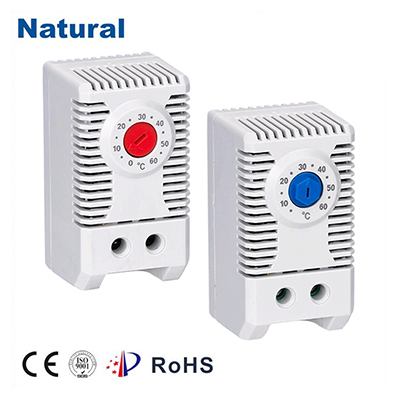Bimetal thermostats are essential components in a wide variety of appliances, ranging from household heating systems to industrial machines. They operate on a simple yet effective principle: the differential expansion of two different metals. This characteristic makes them incredibly useful in applications where precise temperature control is necessary. In this article, we will explore how bimetal thermostats work, their applications, advantages, and some challenges associated with their use.

How Bimetal Thermostats Work

At the heart of a bimetal thermostat lies a bimetallic strip, which consists of two different metals bonded together. Typically, these metals have different coefficients of thermal expansion, meaning they expand at different rates when heated. Common combinations include brass and steel or copper and steel. When the temperature increases, one metal expands more than the other, causing the strip to bend. This bending movement can be used to open or close an electrical circuit. When the temperature reaches a pre-set threshold, the bent strip activates a switch that either turns on or off an appliance, maintaining the desired temperature.
